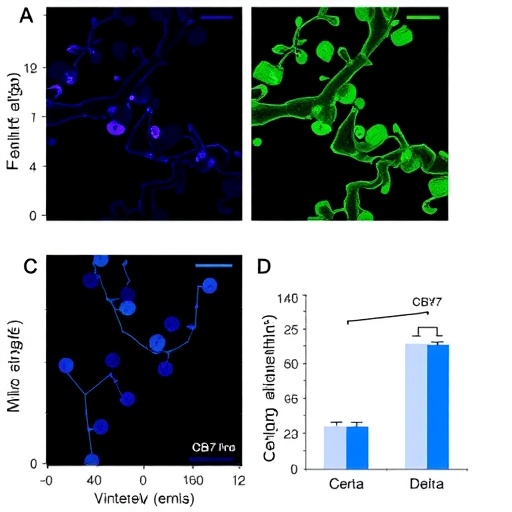University of Utah mathematician Graeme Milton presents a new tool for understanding how energy waves move through complex materials, opening up possibilities to design materials that absorb or bend energy as desired. His solution for so-called "analytic materials" was published November 15 in Proceedings of the Royal Society A.
Scientists have long known that the pattern of atoms in a material affects how waves of energy are affected by the material. For example, crystals exhibit various colors because of elements in their atomic structure that absorb certain wavelengths of light and let others pass through. For homogeneous materials, in which the pattern of atoms is regular and uniform in all directions, it's relatively easy to mathematically describe the "wave fields" and other characteristics of the material since the physics are the same anywhere. But for inhomogeneous materials, the physics change depending on where in the material you are, greatly complicating analysis of wave fields and other material properties.
Milton uses analytic functions to solve for these complicated materials. Analytic functions include the quadratic and trigonometric equations taught in many high school math classes. Milton uses higher-level versions of these functions to solve for "analytic materials," adding to the previously-limited mathematical toolset scientists had available for understanding inhomogeneous materials.
Milton's work opens up a large class of materials to analysis as scientists explore the possibilities of what analytical materials can do. Milton says they may be combined into "metamaterials" capable of channeling energy waves any way the researcher desires. Metamaterials could be used to bend energy waves to hide objects from light waves on up to possibly earthquake waves. "The doors to studying analytic materials are now open," Milton says.
###
Media Contact
Paul Gabrielsen
[email protected]
801-505-8253
@uofunews
http://www.unews.utah.edu/
############
Story Source: Materials provided by Scienmag




